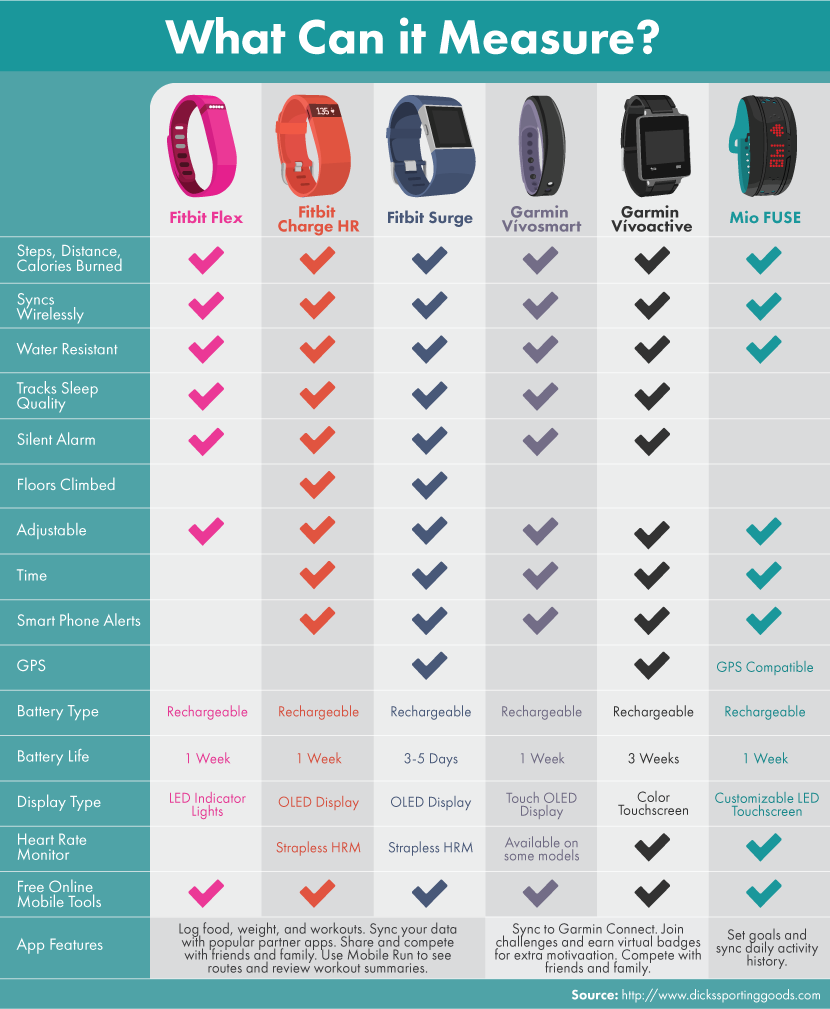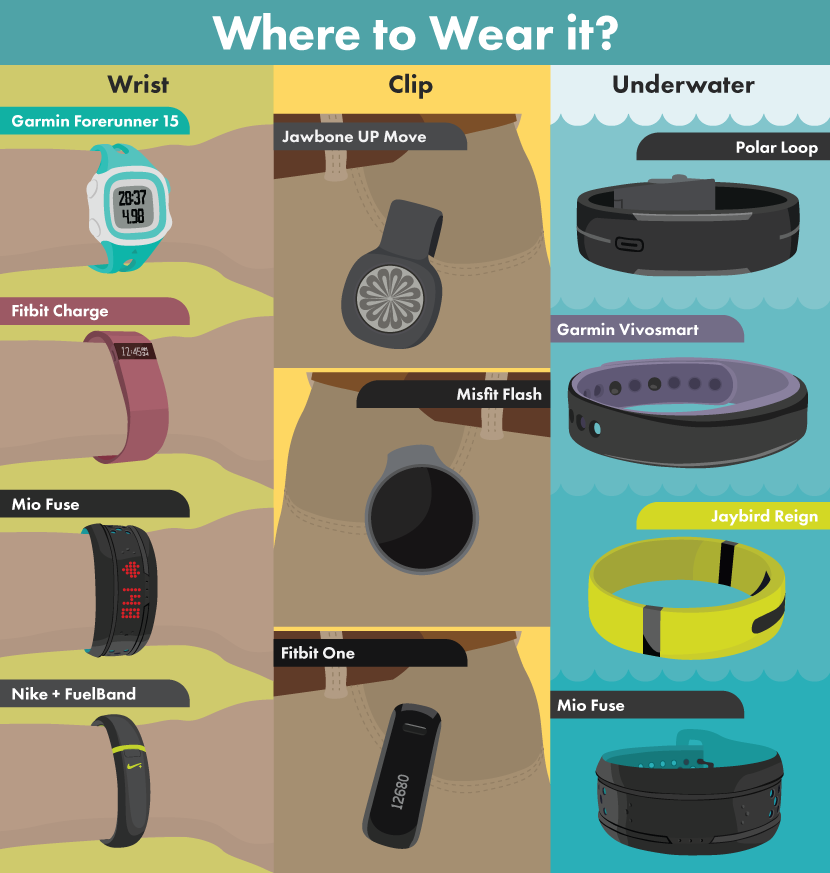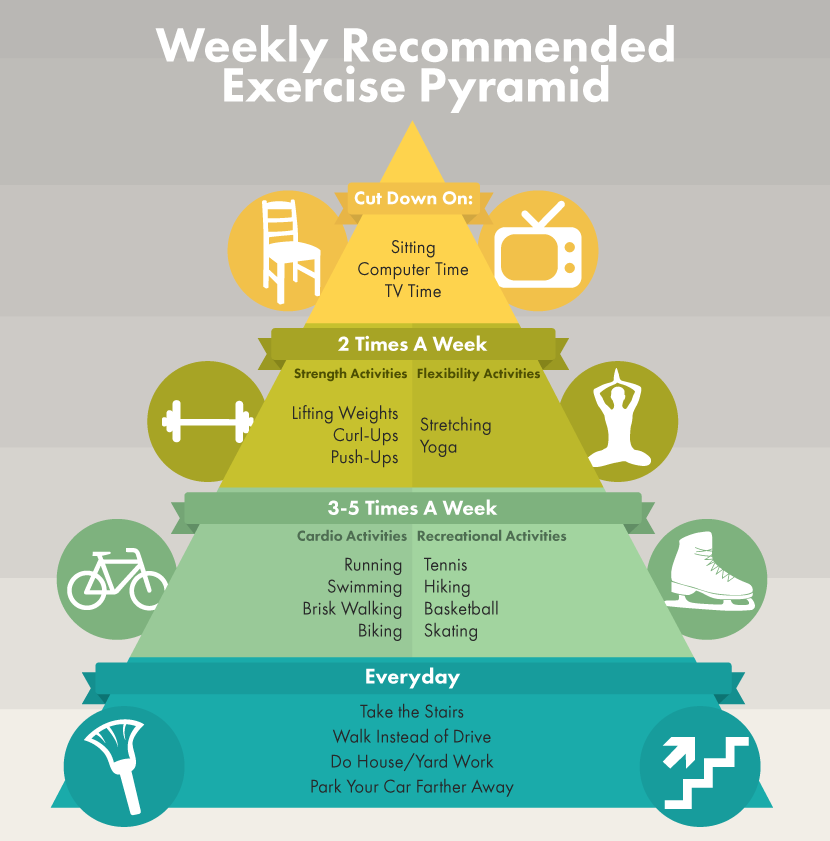The Fitness Revolution
The Next Generation of Workout Technology
I stopped wearing a watch about a decade ago – thank you, smartphone – but I’ve traded it for
another wrist accessory: the fitness tracker. I have tested nearly all the most popular brands, and
I am constantly on the lookout for what’s next in heart rate, intensity, and calorie-tracking tools.
I’m not alone. Teachers, retail clerks, truck drivers, and even chefs are sporting brightly colored bands on
their wrists, all in the name of collecting data on their activity and fitness levels. I even find myself walking
up to strangers asking about their step counts.
When the first wearable activity monitor hit the market, there was a period of awe. People
couldn’t believe that such a small thing could collect so much information and then sync to
multiple devices. We reveled in the graphs and the new awareness of what happens when we sleep.
Now that one option has expanded to dozens, each model with a different feature, it can seem impossible to know which one
to choose and exactly how to use it. Here are five things to consider:
1) What You Want to Measure
Do you want to know how many calories you burn while working out? How many steps you take in a normal day?
How well you’re sleeping? Although most trackers do a decent job measuring each of these categories, some are
specifically designed for fitness (measuring heart rate zones and split times), whereas others are designed
to give you a snapshot of your normal routine (step counts and sleep quality).
Still others are meant less as fitness wearables and more as health trackers – even collecting
information that can give doctors particular details about a patient’s heart health or adherence to a prescribed lifestyle.
Before you think about colors and styles, make a list of exactly what you hope to
learn from your tracker and then use that to narrow down your options.

2) How You Want to Wear It
Do you want to wear a bracelet or perhaps a small tracker that can attach to your waistband? Maybe you don’t want
a wearable at all and prefer an app or other accessory that can be downloaded to your phone or other device. Think
about your lifestyle: do you swim a great deal, or would you like a model that can be worn all day long (even in
the shower and rain)? A waterproof wearable will likely work best for you. Are you hoping to keep the tracker fairly
hidden, or do you want everyone at the grocery store to see it from several aisles away?
That should get you started, but go even further: how often do you plan to take the tracker on and
off? Do you need to be able to adjust it or perhaps give it to someone else to borrow? Make sure that
it’s not a style that has to be custom fit to your needs.
If it’s uncomfortable or annoying, you won’t wear it. And it won’t track anything when it’s stuck in a drawer.

3) What You Want to Spend
You could spend anywhere from $30 for a fairly basic monitor all the way up to $200–$300 for a tracker that measures
multiple factors. More money doesn’t always mean better performance, so don’t be sucked into buying something with more
bells and whistles than you in fact need. Return to the first question: what do you want to measure? Find a tracker
that gives you that data and only that data.
That said, this is a penny-wise and pound-foolish product. I recommend choosing a known and highly
regarded brand and reading reviews. Do other users say it lasts for years or breaks in weeks? Do they
report having trouble syncing their data or brag about how quickly everything integrates to other
platforms? Make a smart decision and, when in doubt, spend a little more money to get a tracker
you’ll actually wear and use.
Budget busters: Microsoft Band, Basis Peak, Nike+ Sportswatch GPS, Motorola MOTOACTV
Bang for your buck: Jawbone UP Move, Runtastic Orbit, Misfit Flash
4) What It Really Tells You
As these trackers get better, so does their data – so if yours says that you walked 10,000 steps,
it’s likely fairly accurate. But remember: they can only measure so much. If you’re taking a yoga class
with a lot of long-held postures, you may be burning calories and building strength but not registering
any movements. Or if you don’t enter specific food data, your monitor might give you an estimate of
calories burned that is not entirely accurate.
Your tracker can and will give you a gauge of how active (or inactive) you are, not only each day but with data
that can show you patterns over time. It can give you a reminder to walk around and get in some additional
activity or to take a break if you are too active. It can be a great source of information, but like anything
else, it can be dangerous to rely too heavily on the data as an exact science.
Below is an example of how much exercise we should be incorporating into our routine each week:

5) What You Want to Connect To
Do you want to be able to see your tracker data on your laptop? Smartphone? In graphs? Most wearables are now designed
with built-in Bluetooth or a USB port to sync to a laptop or device, but it’s worth taking a look . Some only work with one
kind of software or operating system. If your tracker only works with a PC, but you’re a Mac user, you may be out of luck.
And how about connecting on a different level? Some companies give you access to forums and communities to
find support and accountability partners. If you want to be able to share your data with others and form online
friendships, keep that in mind when shopping. If not, and you only want the basic information that a step counter
can give you, don’t worry about finding something with the additional features.
I’m of the mind that anything that helps start a conversation about activity and wellness is a positive thing.
If wearing a bracelet that buzzes when you’ve been sitting for too long gets you moving, that’s great! If wearing
a waistband tracker helps you gauge your activity levels and helps you identify some new opportunities to fit in
fitness, I’m thrilled! As with everything else, you need to put in the work. Trackers are not magic bullets, so
find the tracker that fits with your specific lifestyle and wear it faithfully. Finally, use the data to be happier,
healthier, and more active.
NOTE: None of the examples or suggestions listed in this article are endorsements – just a few models to help you narrow down your search.
Embed the article on your site

